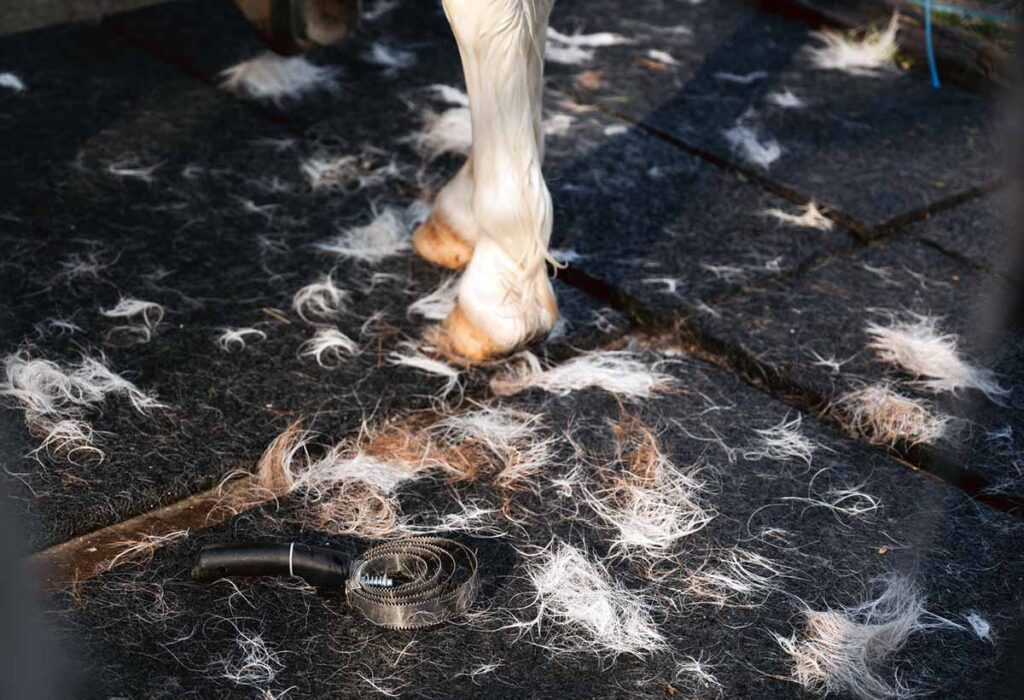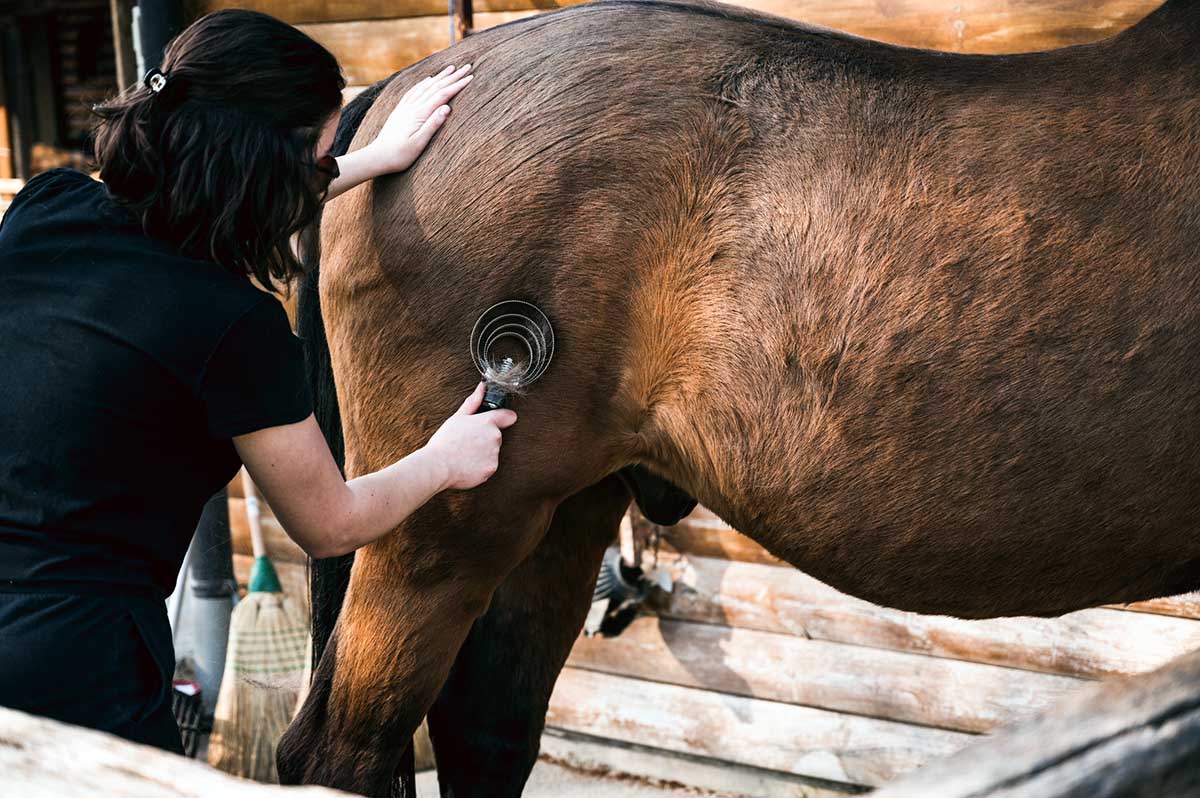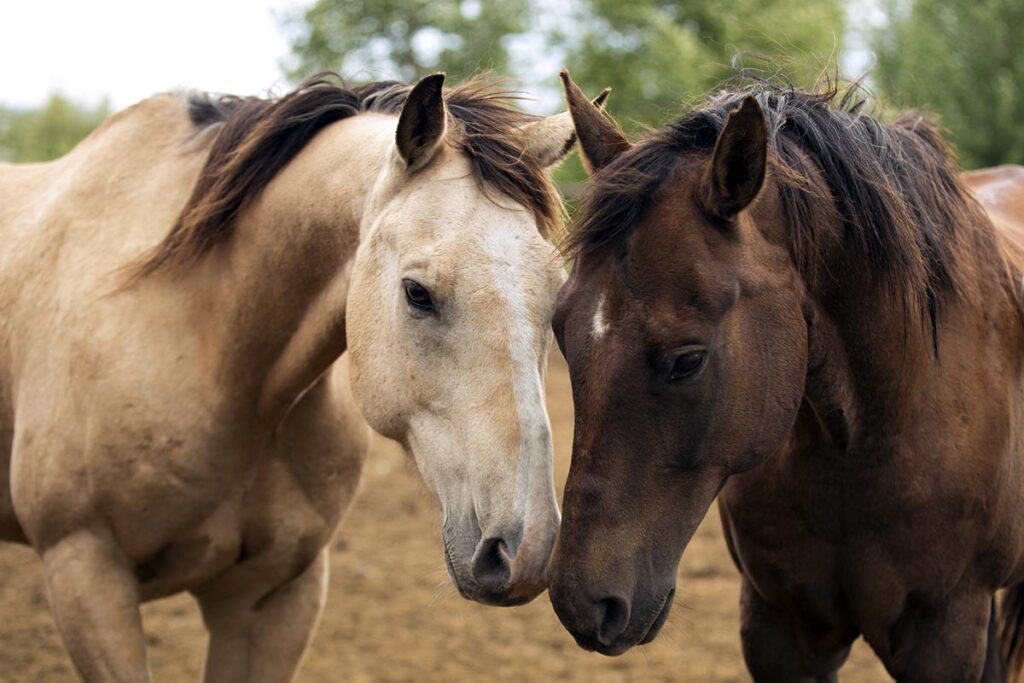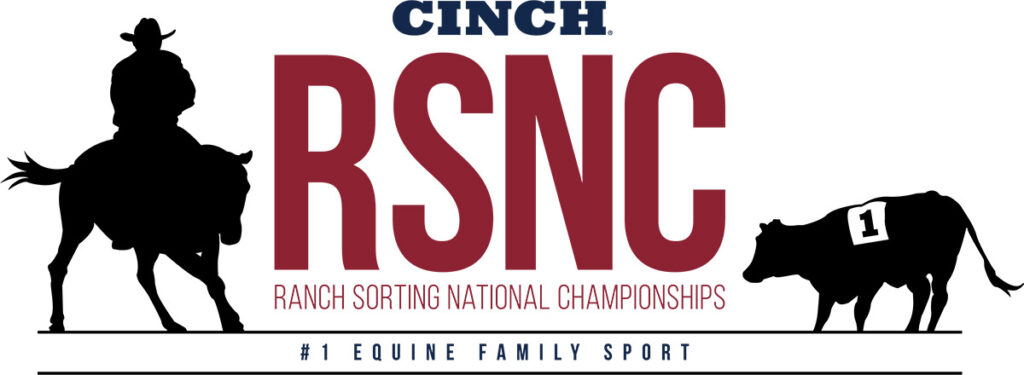Your horse’s hair coat is intricately designed to provide warmth and protection. With spring’s arrival, however, that thick, luxurious winter coat suddenly becomes inconvenient. Rising temperatures and longer days trigger a transformation: the spring shed. Natural shedding can be a lengthy, time-consuming, and hairy process. So we’ve gathered some tips to make shedding season more productive and your horse more comfortable.
Tools of the Shedding Trade
A variety of tools are at your disposal to facilitate your horse’s natural changeover from heavy winter coat to sleek spring guise. While you can find many types of shedding aids on the market, here are a few of the most common:
- Shedding Blade: A metal tool featuring a serrated edge, the shedding blade is designed to remove loose hair and dirt. Its double-sided design allows for a gentle yet effective treatment.
- Curry Comb: A rubber or plastic curry comb is ideal for loosening dirt, hair, and other debris in your horse’s coat. Its flexible material conforms to the horse’s body, providing a comfortable grooming experience that also stimulates blood circulation and promotes a healthy coat.
- Slick Block: Also known as a grooming block or stone, this porous tool lifts away loose hair and dander without pulling on the horse’s skin. Light and easy to handle, it’s especially helpful for sensitive areas where other tools might be too harsh.
Each of these budget-friendly horse spring shedding tools typically costs just $5-10.
Related Reading: How To Choose the Right Horse Grooming Tools
Tips for Tackling Spring Shedding

With the right mix of tools, techniques, and timing, you can help your horse along in the shedding process. Here’s how:
- Start by currying your horse’s entire body to loosen up the hair.
- Use a shedding blade or block to remove the loose hair. You might have to make several passes over particularly hairy areas.
- Apply light pressure with your shedding tool, adjusting it as you gauge your horse’s reaction and comfort level. Certain parts of the horse’s body might be more sensitive than others.
- Use a brush to clear the hair and debris from your horse’s coat.
- Clean your shedding tools after each use so they don’t get dull or dirty enough to cause skin issues.
Also make sure your horse gets plenty of turnout, as daylight signals his body to start shedding and can speed up the process.
Depending on the weather, your horse’s health, and your riding schedule, you might need to help him out by clipping his coat. Body-clipping can provide much-needed relief if a horse has a heavy coat and the days are getting warmer.
Lastly, be patient. Some horses shed earlier or later and faster or slower than others. Usually, however, the process takes several weeks to complete. Adjust your shedding strategies according to your horse’s needs and pace, and avoid overly aggressive grooming that can lead to skin irritation.
Tip: Wear a light jacket to keep yourself from getting covered in itchy horse hair while grooming! A lint roller or a change of clothes might also be useful.
Take-Home Message
Spring shedding is critical for a horse’s well-being. A heavy winter coat can lead to overheating during exercise, slowing recovery and affecting performance. Shedding is also a sign of a horse’s health and his body’s readiness to adapt to warmer weather. (If he’s not shedding normally, it might be a sign of Cushing’s disease and warrant a call to your vet.) By helping your horse through this process, you are ensuring his comfort and preparing him for the active months ahead.
Related Reading: Spring Horse-Keeping: A Comprehensive Guide
Are you enjoying this content? Sign up for My New Horse’s FREE newsletter to get the latest horse owner info and fun facts delivered straight to your inbox!








